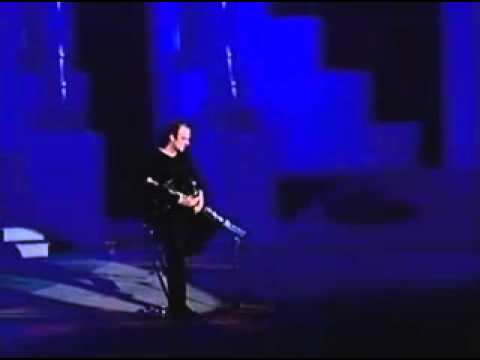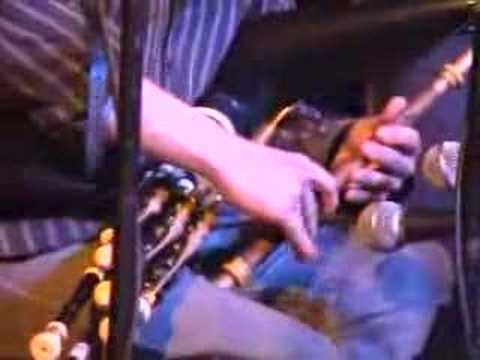About C natural, a crossfingered C natural is standard practice in the low register. I don’t think there’s any crossfingering that gives a satisfactory C natural in the upper register, but that note doesn’t occur in a large percentage of tunes.
About F natural, there’s no crossfingering that gives an in-tune F natural in either octave. For sure you can play F# in the upper register and the pitch lowers when you take the chanter off your leg, or likewise you can play E in the upper register and the pitch rises when you take the chanter off your leg, but neither note, on my chanter, is a usable in-tune F natural.
It’s traditional for pipers to bend their lower-hand middle finger off the chanter, venting the hole, to create a note somewhere between F natural and F sharp, and use this distinctive piping thing in places where a box would play F natural.
Listen to Willie Clancy for brilliant use of both the crossfingered C natural and the vented F natural.
Anyhow in my opinion it’s not necessary to have any keys on a chanter to play the standard traditional uilleann pipe settings of the traditional uilleann pipe repertoire, the only exception being if you want to play tunes that need the high C natural.
However, back in 1978 when I decided I was through with “practice sets” and it was time to buy a “real chanter” I went all-out and spent the then-ungodly sum of $375 on a fully keyed fully mounted chanter by David Quinn.
The chanter has the Long F Natural key, G#, Bb, the back High C Natural key, and a High D side-key. I’ve never regretted getting all the keys, and I’ve used every single one of them on gigs at some point.
And it allows me to quote Friends when I’m asked “how many keys does your chanter have?”
“All of them.”
![Innisfree Ceoil - My Lagan Love [Audio Stream]](https://s3.pfaffmanager.com/sites/chiffandfipple/original/2X/6/610b04e05ace78694c406bffbfe011c587b6676a.jpeg)
![Innisfree Ceoil - My Heart Will Go On (Theme from Titanic) [Audio Stream]](https://s3.pfaffmanager.com/sites/chiffandfipple/original/2X/9/96c4cb7ce8b362fb5f97a1f6b336f18fcb3ad1c0.jpeg)


